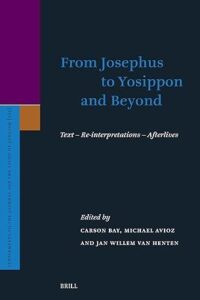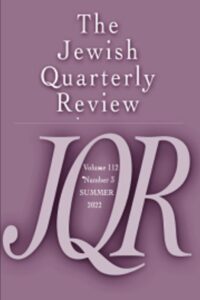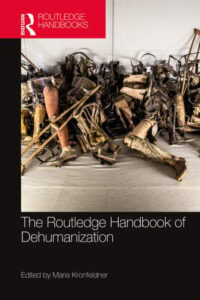Background: Recent kinship models focus on the age structures of kin as a function of the age of the focal individual. However, variables in addition to age have important impacts. Generalizing age-specific models to multistate models including other variables is an important and hitherto unsolved problem.
Objective: The aim is to develop a multistate kinship model, classifying individuals jointly by age and other criteria (generically, “stages”).
Methods: The vec-permutation method is used to create multistate projection matrices including age- and stage-dependent survival, fertility, and transitions. These matrices operate on block-structured population vectors that describe the age×stage structure of each kind of kin, at each age of a focal individual.
Results: The new matrix formulation is directly comparable to, and greatly extends, the recent age-classified kinship model of Caswell (2019a). As an application, a model is derived including age and parity. It provides, for all types of kin, the joint age×parity structure, the marginal age and parity structures, and the (normalized) parity distributions, at every age of the focal individual. The age×parity distributions provide the distributions of sibship sizes of kin. As an example, the model is applied to Slovakia (1960–2014). The results show a dramatic shift in the parity distribution as the frequency of low-parity kin increased and that of high-parity kin decreased.
Contribution: This model extends the formal demographic analysis of kinship to age×stage-classified models. In addition to parity, other stage classifications, including marital status, maternal age effects, and sex are now open to analysis.




